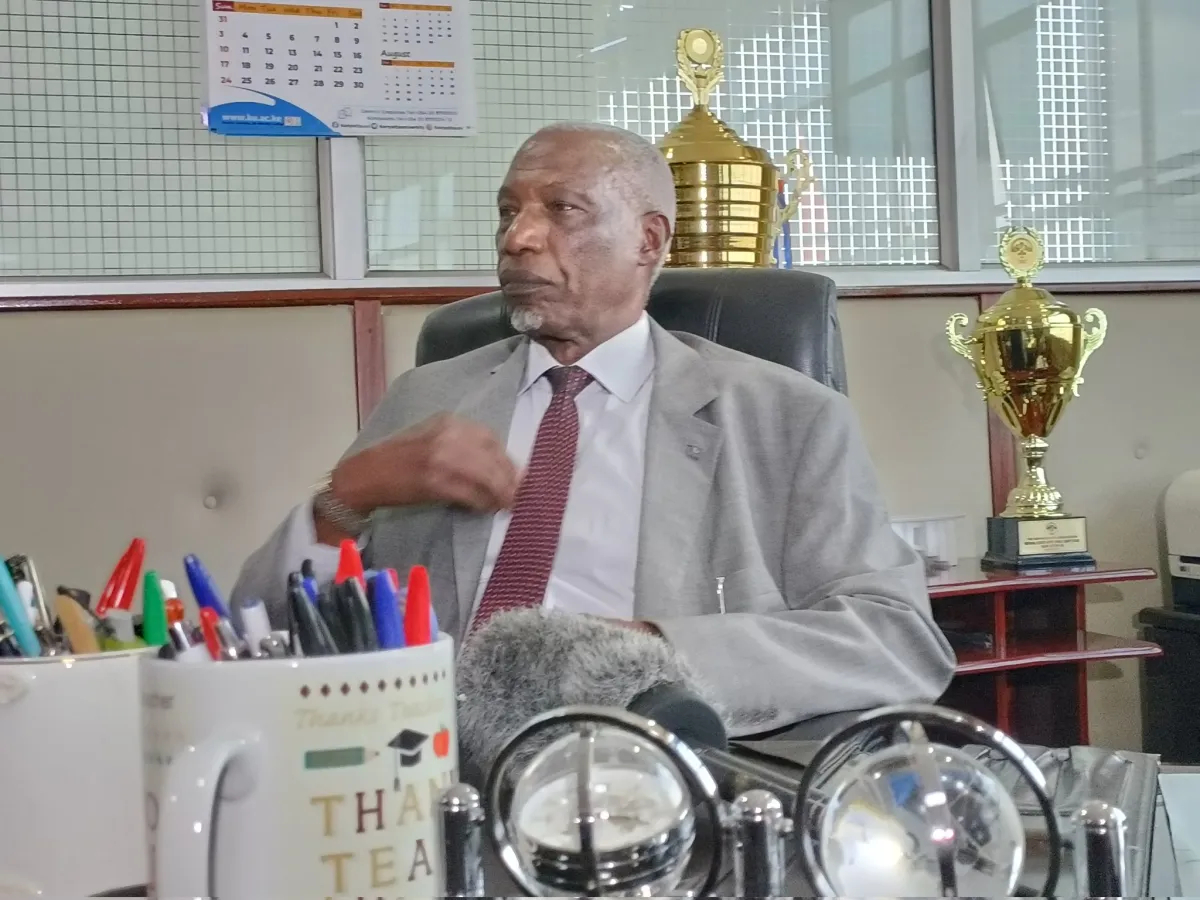
Navigating employment law across Africa
CDH shares insights across South Africa, Kenya, and Namibia
Employment law across Africa is dynamic and often nuanced. With more than 50 countries/jurisdictions, each with its own distinct labour codes and evolving case law, the continent is far from a single legal market/jurisdiction.
For employers operating across borders, this creates significant compliance challenges, particularly in sensitive areas like dismissal, where missteps can result in costly disputes and reputational damage.
This was the focus of a recent Cliffe Dekker Hofmeyr (CDH) webinar, which brought together three employment law experts from the firm’s South African, Namibia and Kenyan practices.
Together, Imraan Mahomed, Director at CDH South Africa; Frieda Kishi, Director at CDH Namibia and Daniel Kiragu, Senior Associate at CDH Kenya unpacked the similarities and differences in dismissal frameworks across the three countries, offering employers practical guidance on compliance.
According to Imraan, South Africa’s employment law is well developed and, as a result, is often persuasive beyond its borders.
“South African employment law is well anchored, and its jurisprudence continues to be referenced in other countries as a basis upon which to develop and compare employment law principles.”
Daniel notes that Kenya has its own robust homegrown legal framework but can occasionally lean on South African Authority.
“We rely primarily on our own precedents. Where there are gaps or novel questions, South African decisions can be persuasive – used to illuminate ambiguities, but not to override Kenyan law, ” says Daniel.
Namibia follows a similar path.
“Like Kenya, where there are gaps in our system where we cannot find authority, we also do make use of the South African authority and rely on that,” says Frieda. While each legal framework is uniquely developed, it is important to note that the relationship between the three countries is rooted in shared legal influences.
South Africa’s relationship with Kenya is rooted in a shared colonial history and involvement in the Commonwealth through the British Empire, while its relationship with Namibia arises out of English and Roman-Dutch law.
Across all three jurisdictions, employment contracts play a central role.
In South Africa, contracts must be read alongside constitutional and statutory protections, while in Kenya, contracts can often extend beyond statutory minimums. “In Kenya, if the contract provides for benefits or standards above the statute, the employer will be held to those higher standards.” Daniel explains.
Namibia takes a similar approach. “Contracts should not be in conflict with the law, which is the governing laws such as the labour acts and the constitution. So, you can negotiate for better terms, but not for less favourable terms,” says Frieda.
Probationary periods, however, are treated differently. In Namibia, Frieda notes, probation should be carefully managed. “Employers should contract deeply or make clear the provisions under which an employee is contracted and what the probationary period requirements are.” Importantly, terminations at the end of probation still require procedural fairness. Kenya once allowed simpler probationary terminations, but this changed after a 2021 court ruling.
“Since then, even for employees on probation, you must follow essentially the same procedural safeguards—appraisals, PIPs, reviews and support—before termination for performance issues and a disciplinary hearing before termination for misconduct.” Daniel says.
By contrast, Imraan says South Africa sets a lower threshold for probationary.
“The standard in relation to probationary employees is much lower than it would be for a permanent employee. The process is informal, but the employee must still be given an opportunity to be heard before either an extension of probation or termination,” adds Daniel.
A key similarity across all three jurisdictions is the requirement that dismissals be both substantively and procedurally fair. Kenya follows what Daniel describes as a “twin-engine aircraft” model: “One, is there a valid and justifiable reason for termination? Two, was the process compliant with the law? A failure of one engine renders the entire dismissal unfair. The task is not just proving what the employee did wrong but that the employer did everything right, ” he explains.
Namibia mirrors this approach. “Section 33 of the Labour Act provides for the dual requirement for dismissal. It must be substantively fair, and the procedure should also be fair,” says Frieda.
Importantly, she highlights that fairness starts at the investigation stage, not only once a notice has been issued. Courts have found that excluding employees from investigations can render a dismissal unfair. South Africa has moved towards a more informal approach, though with similar emphasis on fairness.
“Our law has well shifted to a decriminalised process,” Imraan explains. “The investigation may even at times actually constitute the enquiry. But the principle is that employees must be given the opportunity to state their position before a dismissal is effected.”
”The remedies available for unfair dismissal also vary across the three countries,” adds Imraan.
In both Namibia and South Africa, reinstatement remains the primary outcome, while in Kenya reinstatement is far less common and compensation is the most frequently awarded remedy. Across all three countries, however, the emphasis is on fairness, transparency and due process.
For multinational employers, the key takeaway is that while principles of fairness echo across jurisdictions, procedural detail can vary significantly. “The golden thread that permeates all three jurisdictions is fairness,” notes Imraan. “But as any legal expert will caution, the devil is often in the details. Employers operating across borders must therefore be acutely aware of local nuances and understand the specific procedural requirements of each country, especially when dealing with dismissals,” he concludes.
Daniel Kiragu is a Senior Associate at CDH Kenya









